
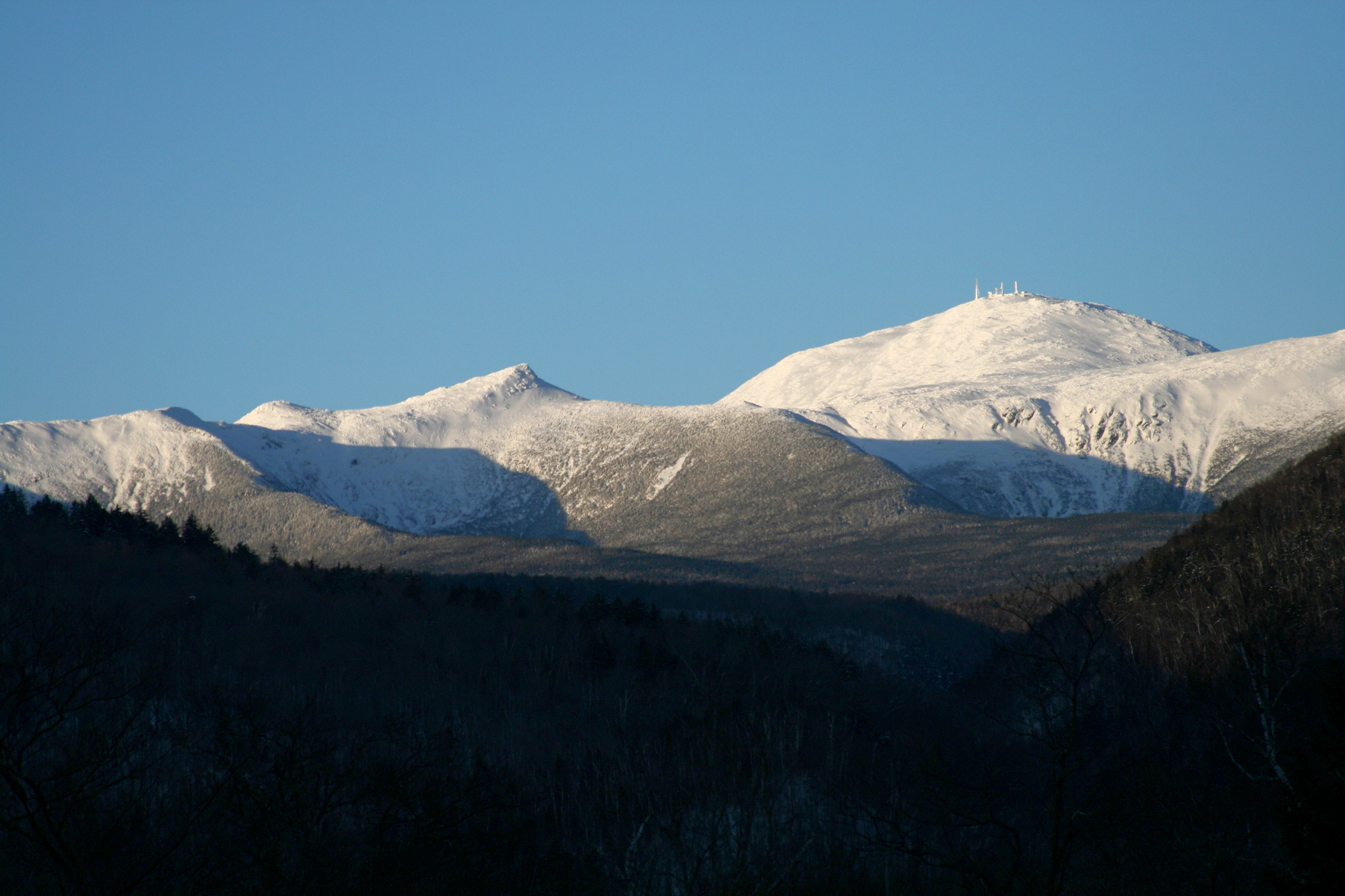
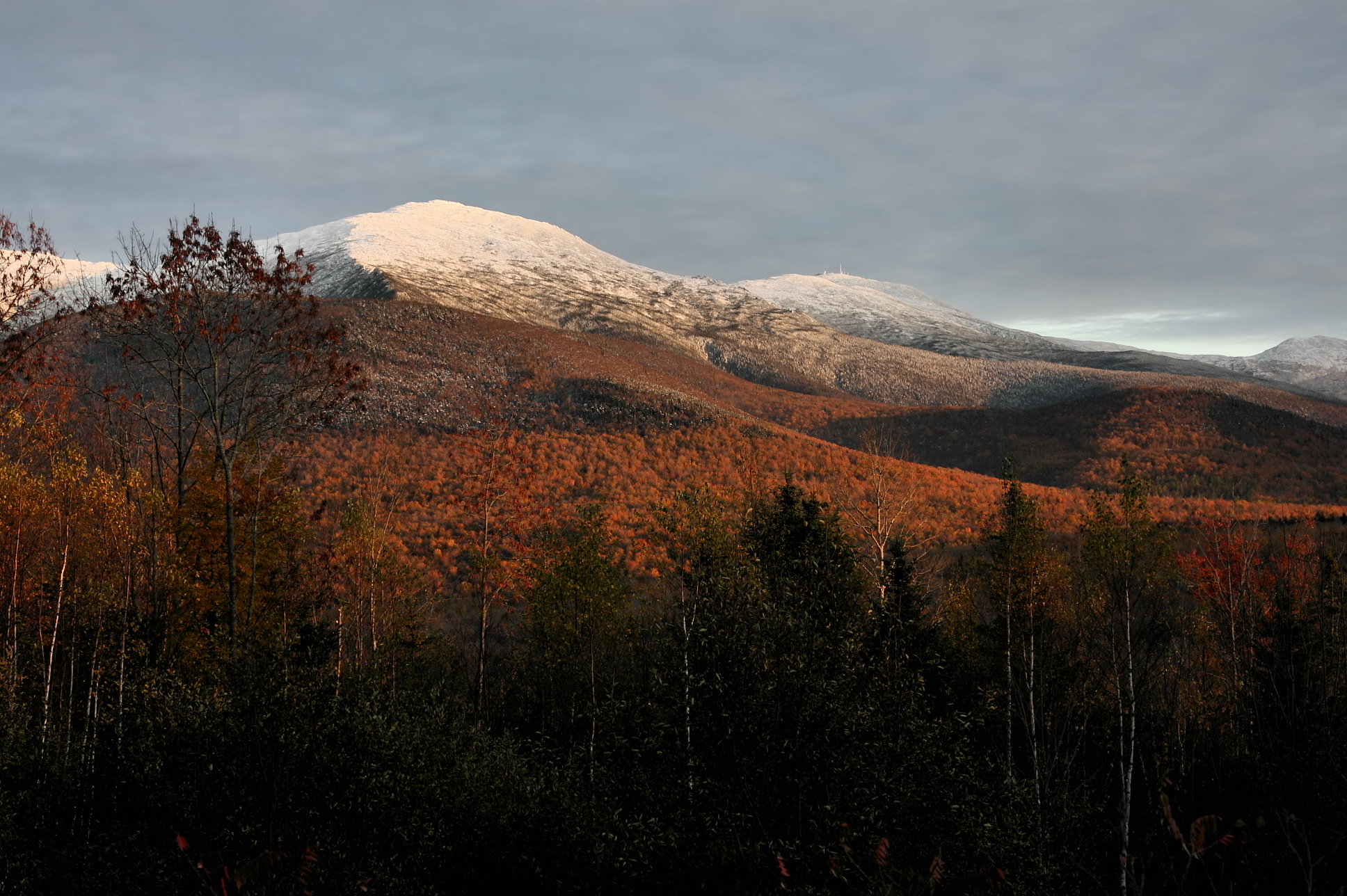
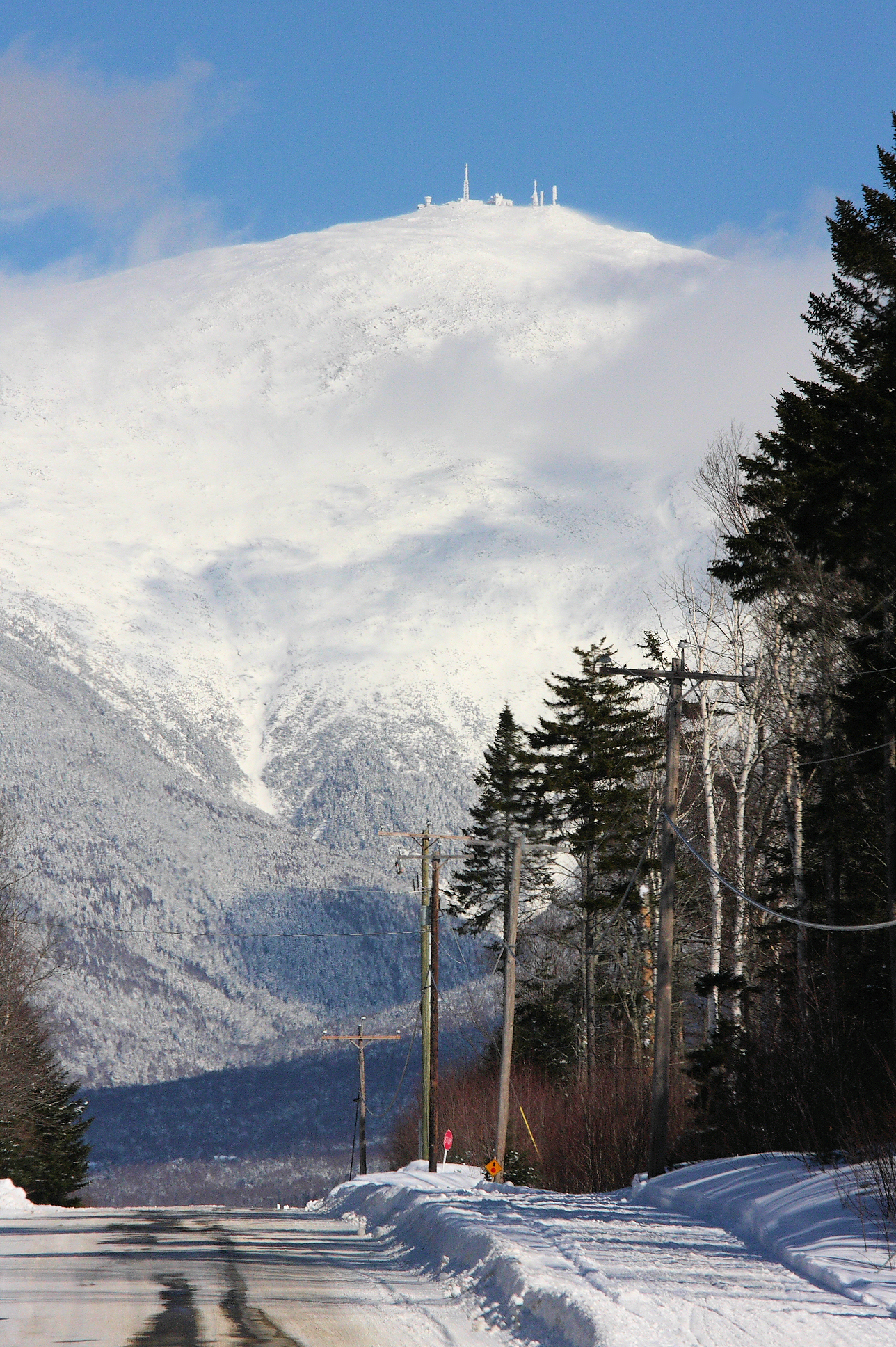
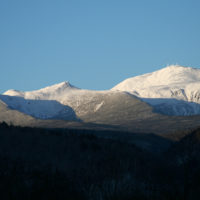
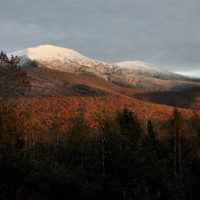
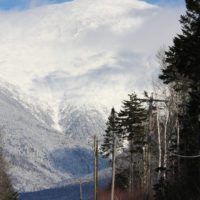
Mt. Washington
How Do You Get To The Top of Mt. Washington?
More than a quarter of a million people visit Mt. Washington every year for its spectacular scenery and the opportunity to have their photo taken at the summit of the Northeast’s highest peak, which tops out at 6,288 feet. On a very clear day it’s possible to see the Atlantic Ocean, Sebago Lake in Maine, as well as several states and Canada!
Known for both its beauty and its wild and unpredictable weather, summiting the mountain heads the list of many bucket lists. What a kick to head back home and tell your friends you climbed Mt. Washington!
Hikers will find numerous paths leading them skyward including the Crawford Path, the “oldest continuously maintained footpath in America,” according to the Appalachian Mountain Club’s White Mountain Guide.
Another way to climb the mountain is via the Mt. Washington Auto Road. America’s oldest manmade tourist attraction has been welcoming visitors since 1861 when horse-drawn wagons ferried guests to the summit. The twisting, winding road climbs the mountain on its eastern flank. Many people choose to drive themselves to the top, while others opt for a guided tour in the Auto Road van. If you drive yourself or hike up the almost 8-mile-long road, don’t forget to pick up the coveted bumper sticker that tells the world that This Car Climbed Mt. Washington! In winter, guided Snow Coach tours are available, weather permitting.
The mountain also boasts the world’s first mountain climbing cog railway, the Mt. Washington Cog Railway. The approximately 3-hour round trip (an hour each way and an hour to explore the top) from Marshfield Station on the steep western side of the mountain is an exhilarating step back in time. The Cog ferried its first passengers up the mountain in 1869. Today, a combination of coal-fired steam engines and modern eco-friendly biodiesel trains make the trip.
On the summit visit the stone Tip Top House and the Sherman Adams Visitor Center (and mail a postcard from its Post Office), along with the Mt. Washington Observatory and the Weather Discovery Center.
Tip: Come prepared for anything-goes weather conditions. It may be sunny on the valley floor when you start out, but the mountain is well known for windy, icy, foggy and snowy weather — even during the summer months. Sturdy footwear is recommended for walking around on the rocky summit.
Mt. Washington Auto Road
The Auto Road is America’s Oldest Manmade Tourist Attraction. The road ascends through four climate zones to 6,288-foot Mount Washington, the highest peak in the northeast. Hike, drive yourself or take a guided tour in an Auto Road van. Snow Coach tours in winter. Breath-taking vistas whatever the season!
For more information visit: http://mtwashingtonautoroad.com/
Mt. Washington Cog Railway
The first mountain-climbing cog railway in the world. Board the train for a spectacular climb up the three-mile long raised track to the 6,288-foot summit of Mount Washington. On top visit the Sherman Adams Visitors Center, Mt. Washington Observatory’s Weather Museum and the 1853 Tip Top House. Seasonal, from May to mid-October. Reservations recommended.
For more information visit: http://www.thecog.com/
AMC High Huts of the White Mountains
Renowned for their unique mountain hospitality, The Appalachian Mountain Club’s eight high huts traverse the high peaks of the White Mountains and are spaced a day’s hike apart. Whether you are an experienced mountaineer or taking your children on their first hike, all of the huts are renowned for their unique mountain hospitality. Overnight accommodations include hearty home-cooked breakfasts and dinners. Self-service and full-service seasonal options available.
For more information visit: https://www.outdoors.org/lodging-camping/huts
Mt. Washington Observatory
Go behind the scenes of the famous mountaintop weather station and get a taste for what it’s like to live and work at 6,288 feet! The guided tours allow you to meet and interact with scientists, learn how they create forecasts, see the instruments they use to capture Mount Washington’s legendary extremes, and more.